Chipmaker Nvidia launches a new system for autonomous driving. The big tech in the gaming chip and AI market has unveiled Drive Thor, one chip to rule all software-defined vehicles.


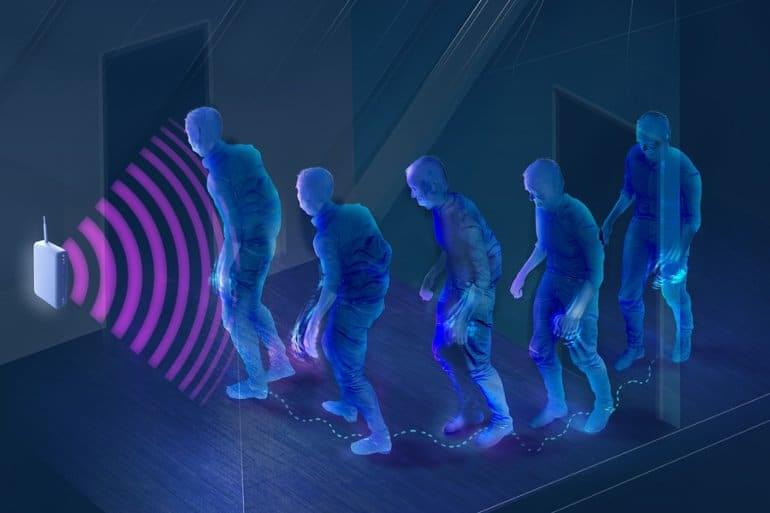
Summary: A new in-home device that monitors movement and gait speed can evaluate Parkinson’s disease severity, progression, and a patient’s response to medication.
Source: MIT
Parkinson’s disease is the fastest-growing neurological disease, now affecting more than 10 million people worldwide, yet clinicians still face huge challenges in tracking its severity and progression.
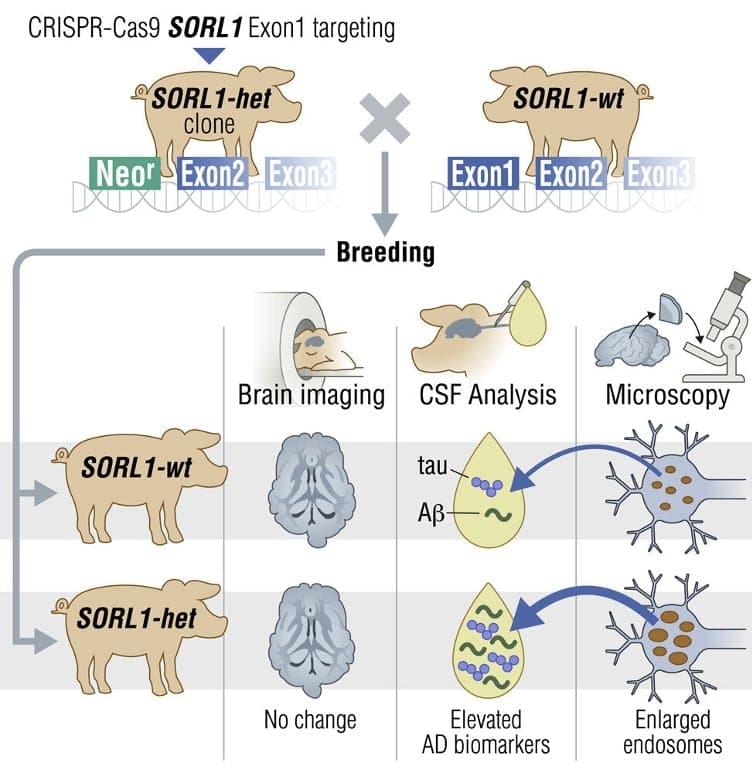
Summary: New research in cloned pigs with a mutation of the SORL1 sheds light on Alzheimer’s development. The findings could pave the way for new treatments for the neurodegenerative disorder.
Source: Aarhus University.
For decades, researchers from all over the world have been working hard to understand Alzheimer’s disease. Now, a collaboration between the Department of Biomedicine and the Department of Clinical Medicine at Aarhus University has resulted in a flock of minipigs that could lead to a major step forward in the research and treatment of Alzheimer’s.

Using artificial intelligence and editing software, photographer Alper Yesiltas has resurrected stars who died when they were young.
The Turkey-based photographer, who created the portraits for a project titled ‘As If Nothing Happened,’ said ‘’With the development of AI technology, I’ve been excited for a while, thinking that anything imaginable can be shown in reality.’’
Sharing the haunting and realistic images on his Instagram handle, Yesiltas said ‘’When I started tinkering with technology, I saw what I could do and thought about what would make me the happiest. I wanted to see some of the people I missed again in front of me and that’s how this project emerged.’‘.

Summary: The Allen Institute is launching a new global collaboration to map approximately 200 billion cells in the human brain by type and function.
Source: Allen Institute.
Scientists at the Allen Institute are launching the brain equivalent of the Human Genome Project, leading a new global collaboration to map the approximately 200 billion cells in the human brain by their type and function.
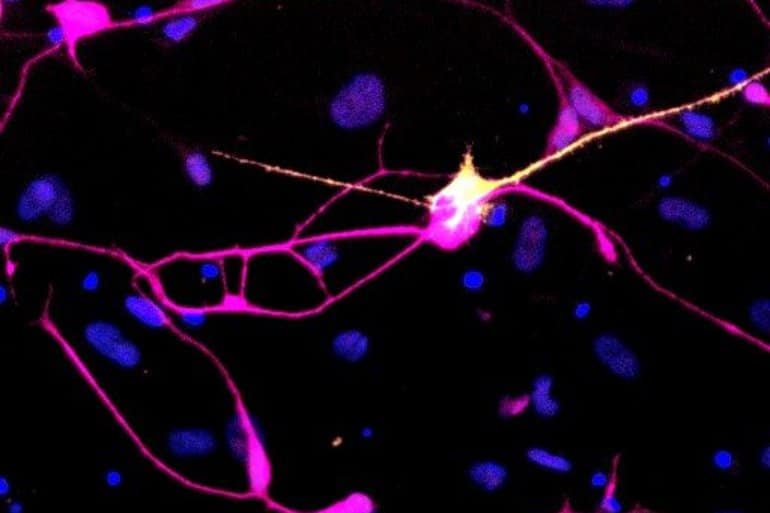
Summary: Researchers successfully turned skin cells from Parkinson’s patients into dopaminergic neurons by introducing a combination of neural-inducing genes into the skin cells.
Source: international society for stem cell research.
The possibility to make virtually all cell types of the human body from induced pluripotent stem cells (iPSCs), which are embryonic-like cells generated from a patient’s skin, in a process called reprogramming, has opened new avenues for disease modeling in the lab.
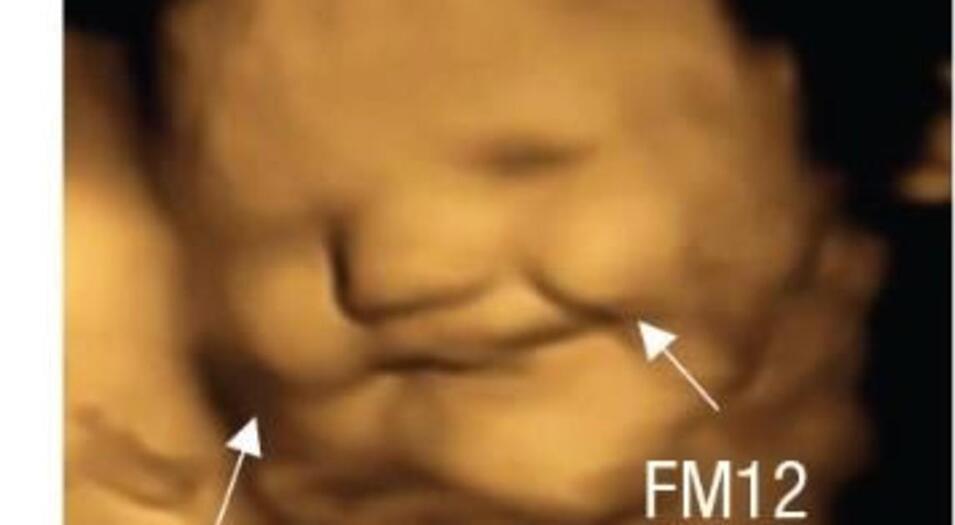
Ralph C. Merkle is a computer scientist. He is one of the inventors of public key cryptography, the inventor of cryptographic hashing, and more recently a researcher and speaker of cryonics.
Videos in the talk: David Eagleman https://www.youtube.com/watch?v=-5tZtYns6kE molecular nanotechnology: https://www.youtube.com/watch?v=zqyZ9bFl_qg.
Filmed 2017/04/30
In this talk, Kurzweil explores the history and trajectory of advances in computing and Information Technology to project how he believes Artificial Intelligence (AI) may enhance our natural biological intelligence in the future.
Kurzweil spoke at the Nobel Week Dialogue on December 9, 2015 in Gothenburg, Sweden.
Nobel Week Dialogue is a free of charge, full-day event and part of the official Nobel Week programme. The event aims to stimulate discussion at the highest level on a topical science-related theme by bringing together Nobel Laureates, the world’s leading scientists and experts, key opinion leaders, policy makers and the general public, online as well as on site. By bridging science and society, it’s an opportunity to stimulate thinking, excite imagination and inspire greatness! http://www.nobelweekdialogue.org
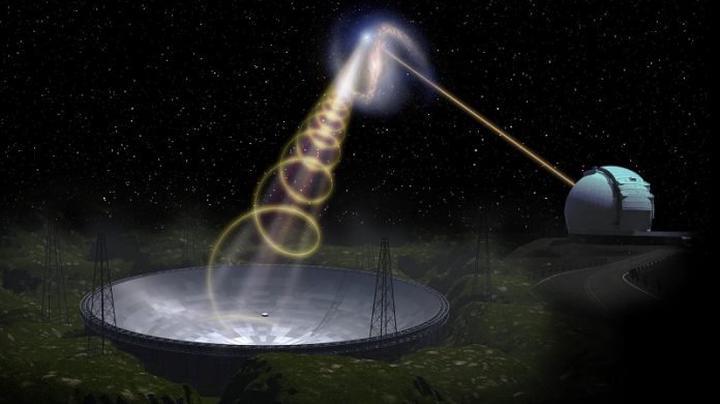
Fast radio bursts (FRBs) are millisecond-long cosmic explosions that each produce the energy equivalent to the sun’s annual output. More than 15 years after the deep-space pulses of electromagnetic radio waves were first discovered, their perplexing nature continues to surprise scientists – and newly published research only deepens the mystery surrounding them.